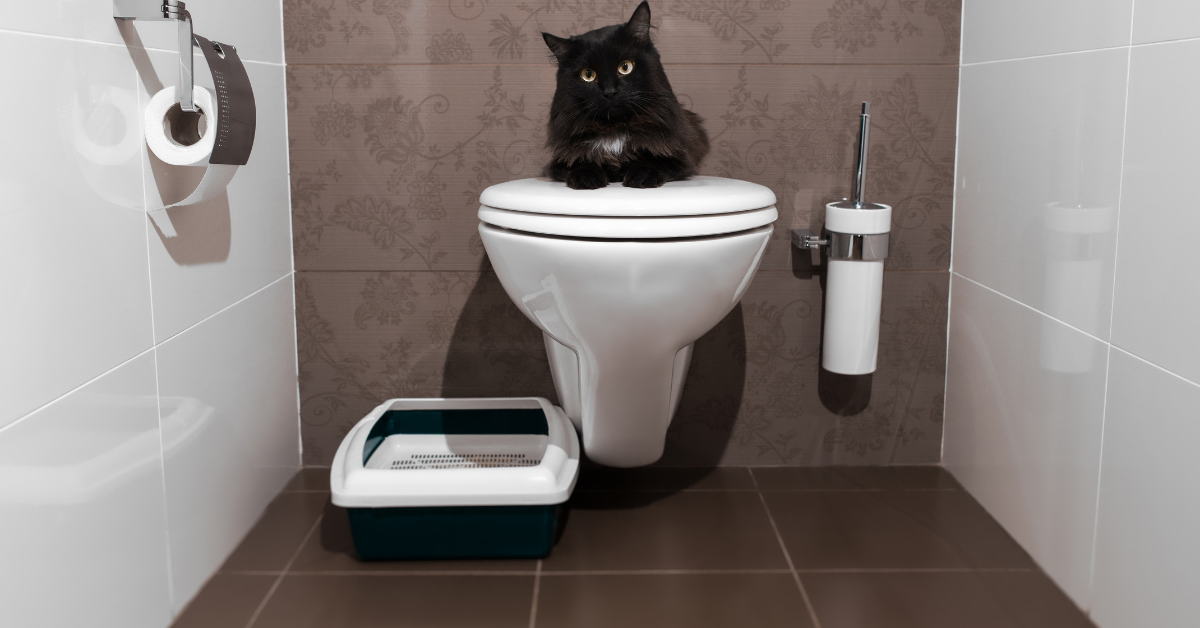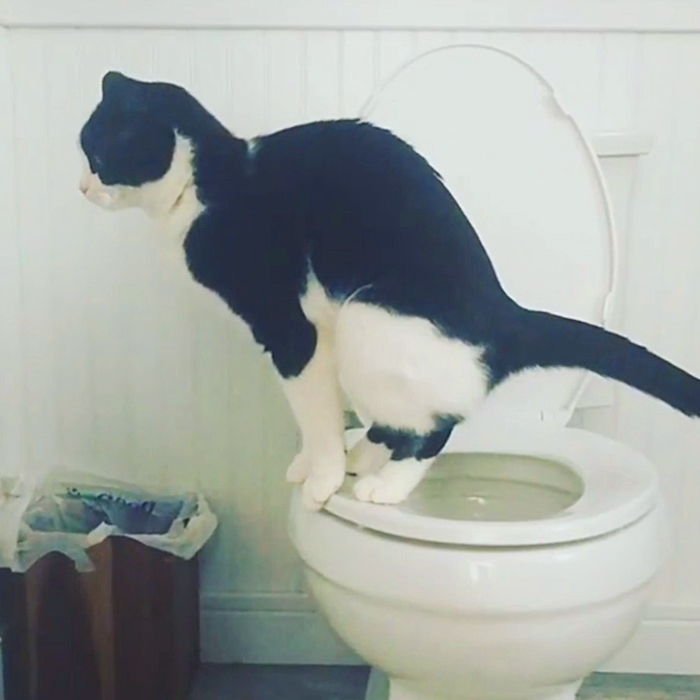What're your ideas on 4 Reasons Why Dog Poop Cleanup is Important?

When it comes to taking care of waste, particularly animal waste, many individuals usually resort to the convenient alternative of flushing it down the bathroom. Nevertheless, this seemingly simple solution can have serious consequences for the atmosphere and public health. In this article, we'll discover why flushing pet waste down the bathroom is a poor concept and offer alternative methods for appropriate disposal.
Intro
Correct waste disposal is important for preserving environmental sustainability and public health. While it may appear harmless to purge animal waste down the toilet, it can lead to different problems, both for the setting and human wellness.
Risks of flushing animal waste
Ecological effect
Purging pet waste presents hazardous bacteria and virus into rivers, which can negatively impact aquatic communities. These pathogens can pollute water resources and harm marine life, interfering with delicate ecological communities.
Public health concerns
Animal waste consists of dangerous bacteria such as E. coli and Salmonella, which can position severe health and wellness dangers to human beings. Flushing pet waste down the commode can pollute water materials, causing the spread of illness and infections.
Alternatives to flushing
Instead of purging animal waste down the bathroom, there are several alternative disposal approaches that are extra eco-friendly and hygienic.
Composting
Composting pet waste is an environment-friendly way to dispose of it. By composting, organic matter is broken down into nutrient-rich dirt, which can be utilized to fertilize gardens and plants.
Land fill disposal
Disposing of pet waste in a land fill is another option. While not as eco-friendly as composting, it is a safer option to flushing, as it avoids the contamination of water sources.
Pet dog waste disposal systems
There are specialized pet dog garbage disposal systems available that securely and hygienically take care of animal waste. These systems often utilize enzymes to break down waste and eliminate odors.
Actions to proper pet garbage disposal
To ensure proper disposal of animal waste, follow these steps:
Scooping and landing waste
Frequently scoop and bag pet waste utilizing naturally degradable bags. This protects against waste from infecting the environment.
Making use of marked waste bins
Dispose of bagged pet waste in assigned waste containers, such as compost bins or garbage dump containers. Prevent flushing it down the commode whatsoever expenses.
Cleaning litter boxes and animal areas regularly
Regularly clean litter boxes and pet areas to avoid the build-up of waste and microorganisms. Usage pet-safe cleaning items to keep hygiene.
Benefits of proper disposal approaches
Embracing proper disposal approaches for animal waste supplies numerous benefits:
Lowered environmental pollution
Proper disposal methods reduce the threat of environmental pollution, shielding waterways and ecological communities from contamination
Decreased risk of water contamination.
By avoiding flushing pet waste down the bathroom, the threat of water contamination is dramatically decreased, protecting public health.
Enhanced hygiene and health
Correct disposal techniques promote better hygiene and hygiene, producing a much safer environment for both human beings and pets.
Final thought
Finally, purging animal waste down the commode is unsafe to the environment and public health. By taking on alternate disposal methods and adhering to proper waste management techniques, we can minimize the unfavorable impact of animal waste and contribute to a cleaner, much healthier planet.
What To Do With Dog Poo – The Do's And Don'ts Of Disposing Of Faeces
Dog poo bins
Some councils provide dedicated dog waste bins in popular dog-walking areas that can take dog poo that has been bagged but you can legally dispose of dog waste in any public litter bin, as long as it is securely bagged. This also applies to your wheelie bin at home.
Do not flush
Water companies do not recommend flushing dog faeces down the toilet because certain parasites can survive the water processing treatment and are potentially harmful to humans. You should also never consider flushing dog poo that has been bagged down the toilet as the bags will not break down and instead create severe blockages in the sewage system.
In the woods
The Forestry Commission promotes a ‘stick and flick’ method for dealing with waste in the woods. This means finding a stick and using it to flick any poo from off the path so that it is out of the way of other walkers. You could also bury it as long as it is not in an area where there might be livestock.
Livestock
Parasites found in dog poo can be transmitted to livestock if they inadvertently eat infected faeces that has been left on grazing land. This could result in the death of sheep or abortion in cattle so you should always make sure you pick up your dog’s waste in fields where livestock could be present.

Regularly clean litter boxes and pet areas to avoid the build-up of waste and microorganisms. Usage pet-safe cleaning items to keep hygiene.
Benefits of proper disposal approaches
Embracing proper disposal approaches for animal waste supplies numerous benefits:
Lowered environmental pollution
Proper disposal methods reduce the threat of environmental pollution, shielding waterways and ecological communities from contamination
Decreased risk of water contamination.
By avoiding flushing pet waste down the bathroom, the threat of water contamination is dramatically decreased, protecting public health.
Enhanced hygiene and health
Correct disposal techniques promote better hygiene and hygiene, producing a much safer environment for both human beings and pets.
Final thought
Finally, purging animal waste down the commode is unsafe to the environment and public health. By taking on alternate disposal methods and adhering to proper waste management techniques, we can minimize the unfavorable impact of animal waste and contribute to a cleaner, much healthier planet.
What To Do With Dog Poo – The Do's And Don'ts Of Disposing Of Faeces
Dog poo bins
Some councils provide dedicated dog waste bins in popular dog-walking areas that can take dog poo that has been bagged but you can legally dispose of dog waste in any public litter bin, as long as it is securely bagged. This also applies to your wheelie bin at home.
Do not flush
Water companies do not recommend flushing dog faeces down the toilet because certain parasites can survive the water processing treatment and are potentially harmful to humans. You should also never consider flushing dog poo that has been bagged down the toilet as the bags will not break down and instead create severe blockages in the sewage system.
In the woods
The Forestry Commission promotes a ‘stick and flick’ method for dealing with waste in the woods. This means finding a stick and using it to flick any poo from off the path so that it is out of the way of other walkers. You could also bury it as long as it is not in an area where there might be livestock.
Livestock
Parasites found in dog poo can be transmitted to livestock if they inadvertently eat infected faeces that has been left on grazing land. This could result in the death of sheep or abortion in cattle so you should always make sure you pick up your dog’s waste in fields where livestock could be present.

Do you like reading up on Why you should never flush dog poop down the toilet? Create feedback down below. We'd be happy to listen to your views about this write up. Hoping that you come back again in the future. You should take the opportunity to promote this blog entry if you appreciated it. Thanks a bunch for being here. Come back soon.
Call Today